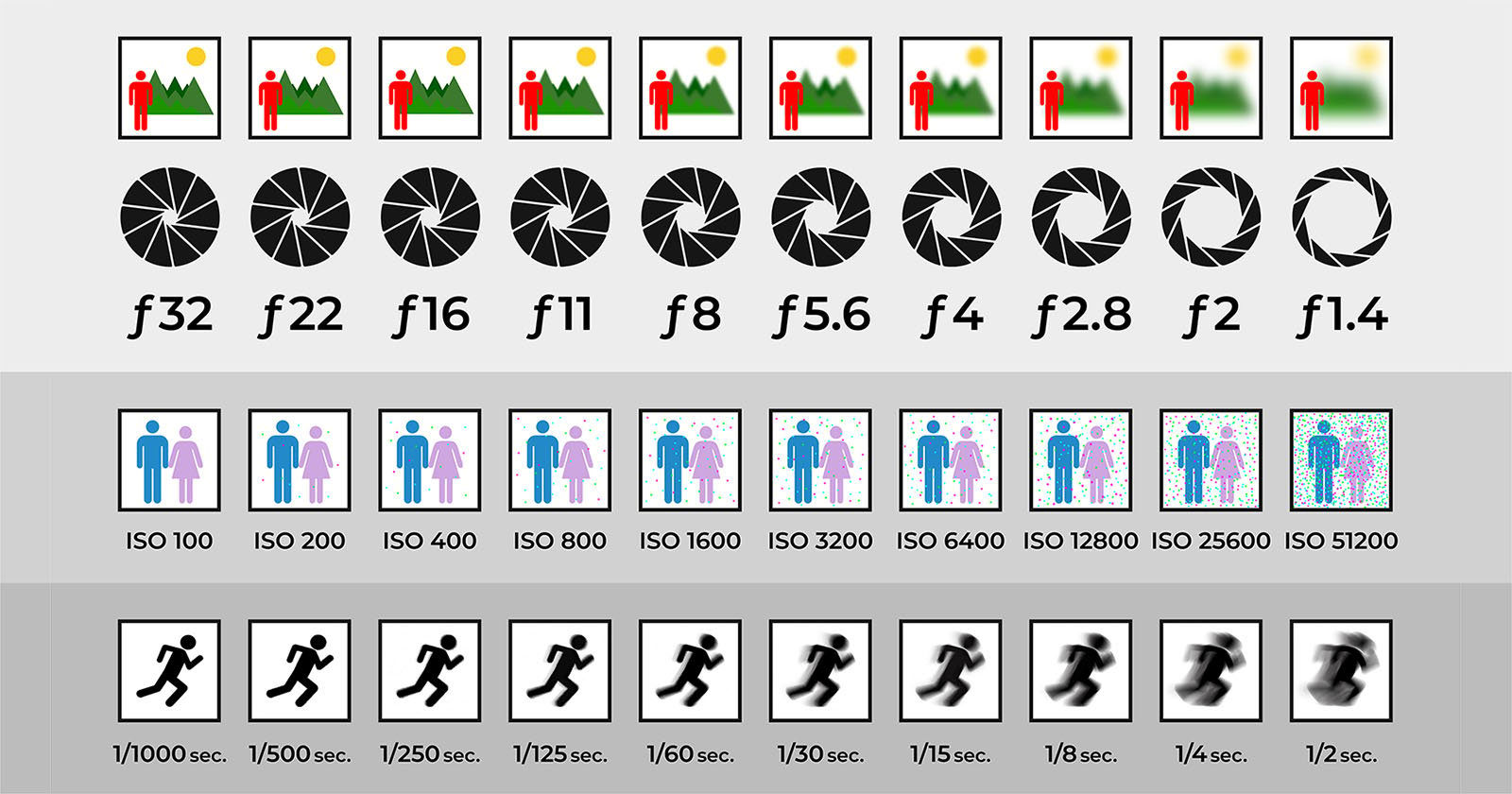Film Camera Iso Guide
Film Camera Iso Guide. This is much more important with film than it is digital cameras. Most analogue film cameras are fully manual.

Even though your camera is most likely not film at all, but rather digital, the iso camera setting still has the same function as older film cameras. Iso determines how sensitive the image sensor is to light. In a fully manual, meter available camera, the iso dial is needed to be set accurately in order for the camera to recommend the nominal aperture value to use.
A Camera's Native Iso, Or Base Iso, Is The Lowest Possible Iso Rating That The Camera Offers The User.
For example 50, 100, 200, 400, 800, 1600, 3200. Your camera has a dial on it. There is also a small cut away window that has a small number in it.
Iso Determines How Sensitive The Image Sensor Is To Light.
The letters iso on your digital slr camera refers to film speed. Iso is both a standards group known as the international organization for standardization and it’s also a measure of film speed as determined by that organization. It also means there will be less noise (or ‘grain’ if you’re using a film camera) in your final image.
This Means You Have To Change All The Settings Yourself.
So if your film is 400, you set the camera to iso 200. So, when you change the iso from 100 to 200, you are doubling the sensor’s sensitivity. Iso controls the amount of light that your camera lets in and has a huge impact on the darkness or light in your photos — something you might adjust for technical or artistic reasons.
Iso Or Film Speed Is Expressed As A Number, Which Is Generally Doubled As It Gets Higher.
Every camera has a different range of iso values (sometimes called iso speeds ) that you can use. Even though your camera is most likely not film at all, but rather digital, the iso camera setting still has the same function as older film cameras. Iso is one of the three pillars of the photography exposure triangle, along with shutter speed and aperture, that you can adjust when capturing a photo.
Obviously, Changing The Iso Will Change The Recommended F/Stop, Producing A New Baseline/Nominal Exposure.
In other words, iso 200 becomes iso 400, as opposed to iso 300. The first part of loading you camera is setting the proper iso or asa rating. Film speed (iso), aperture (f/stops) and shutter speed.
Post a Comment for "Film Camera Iso Guide"